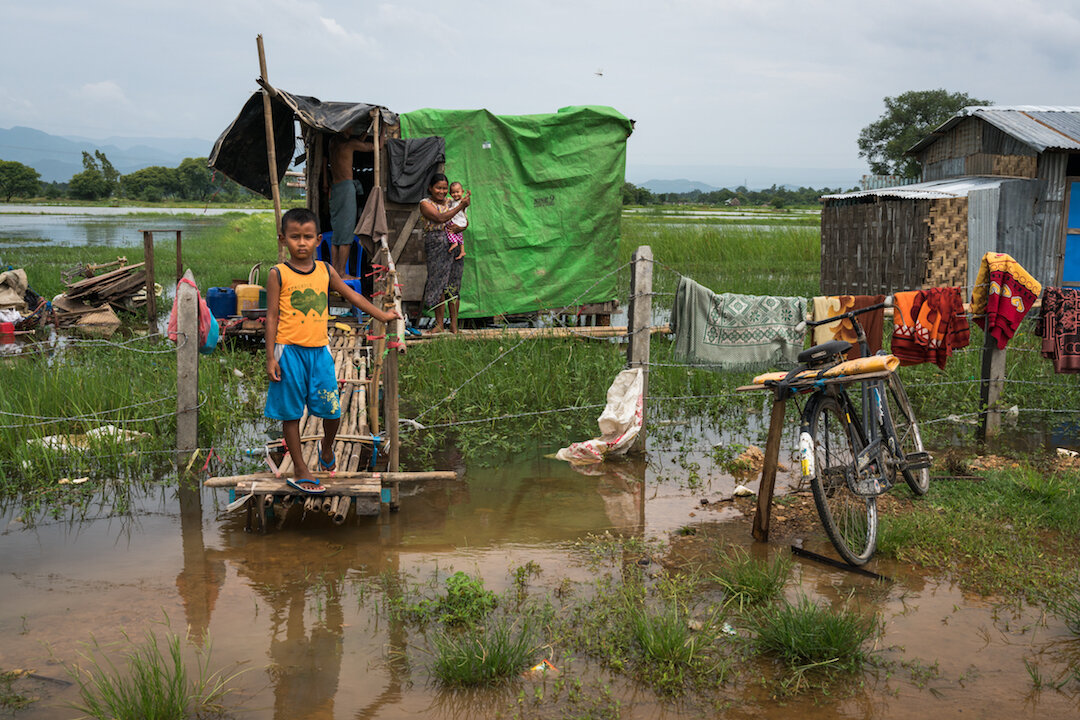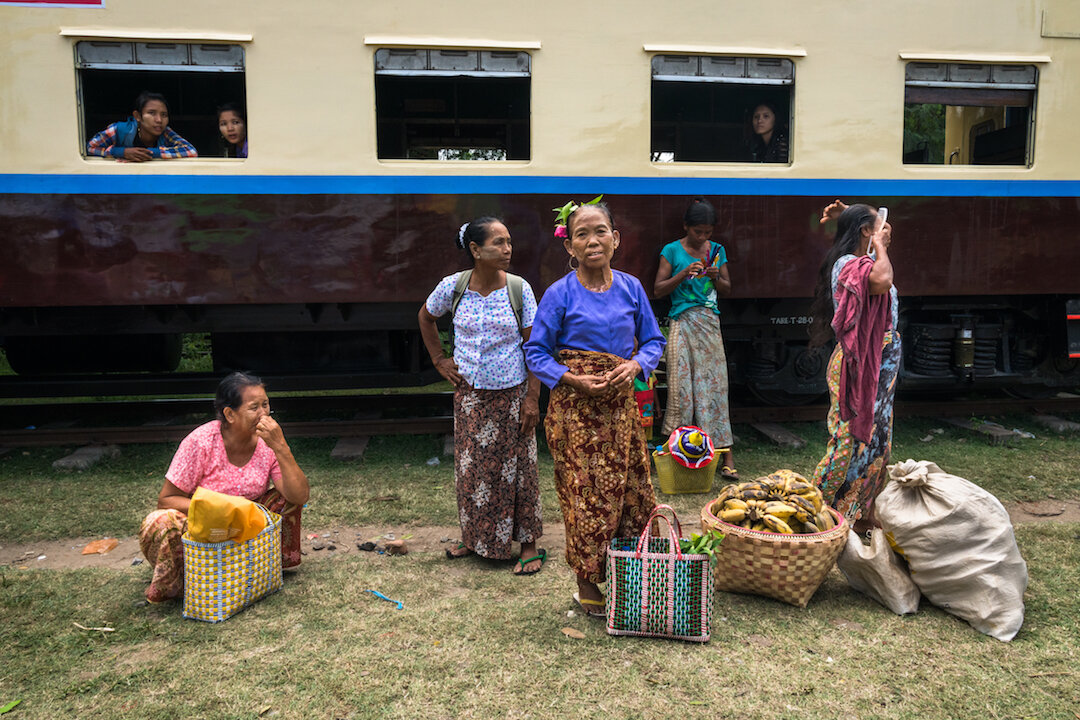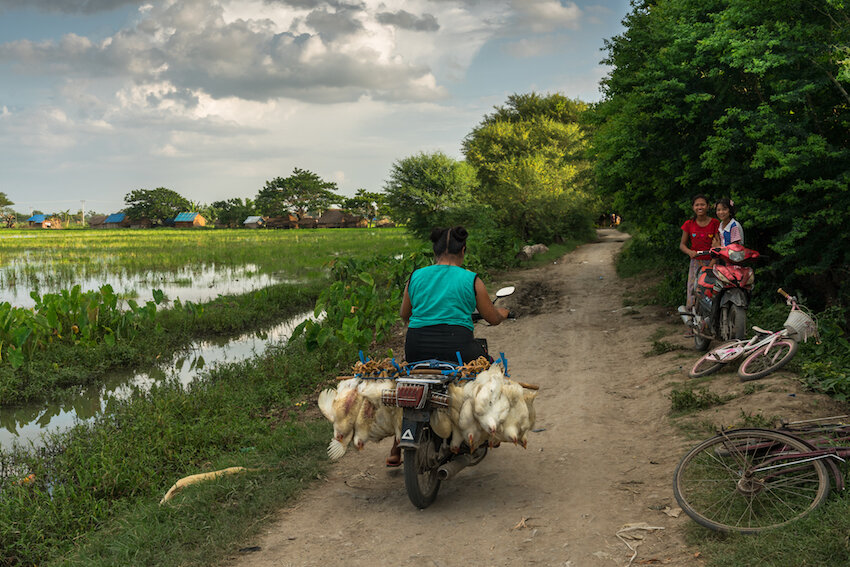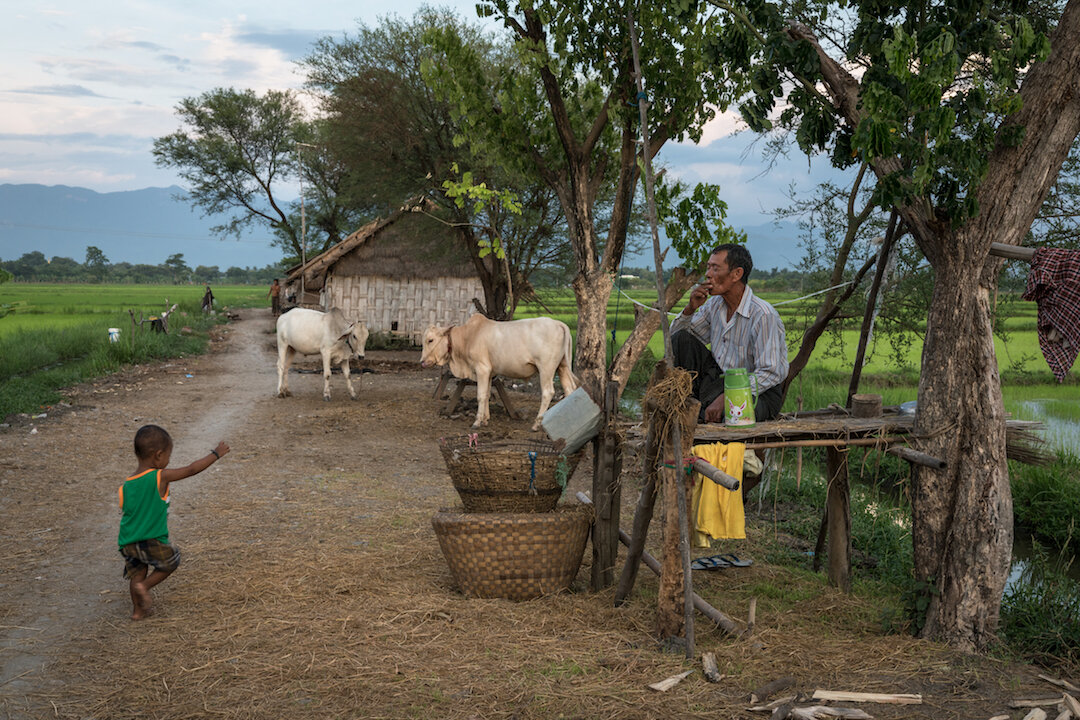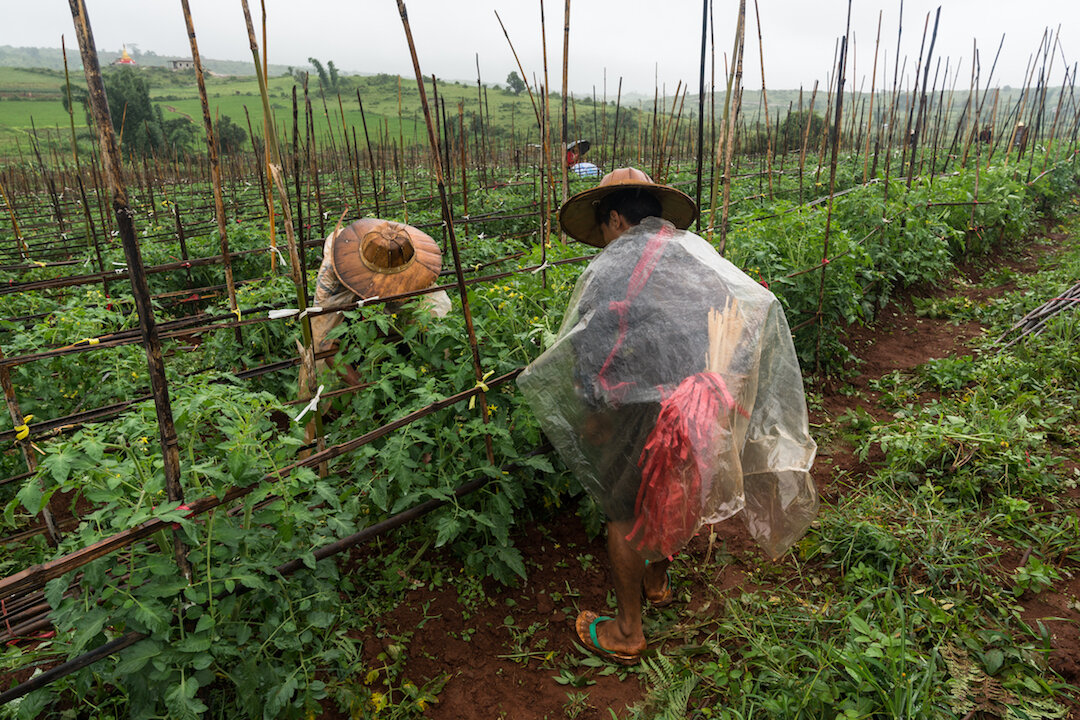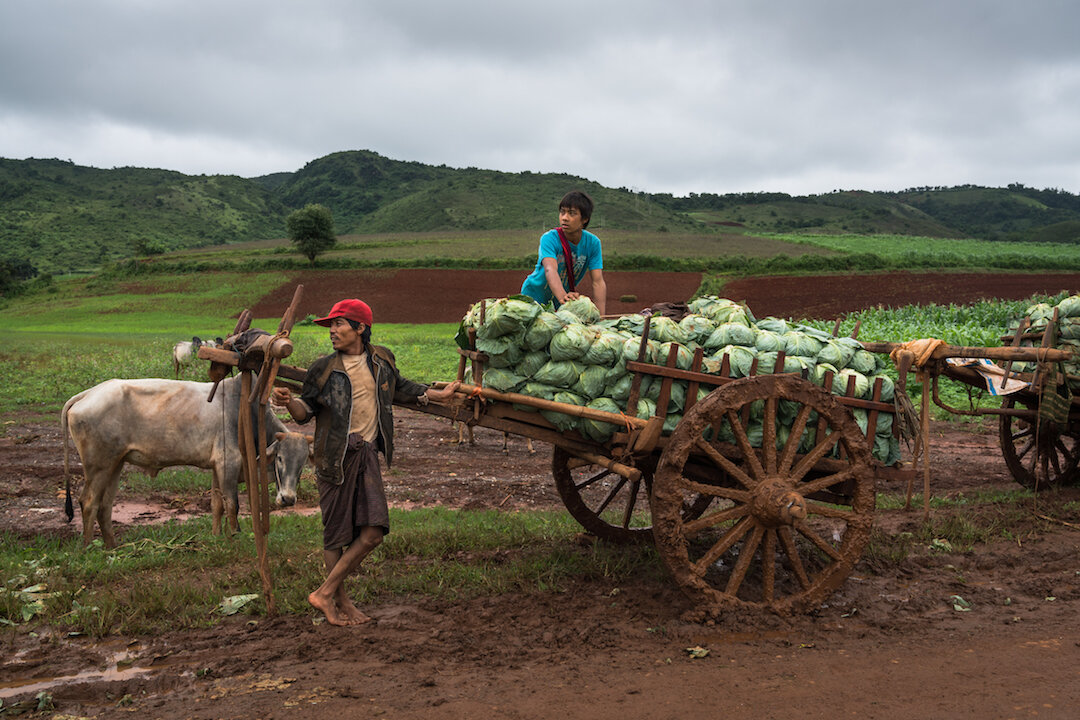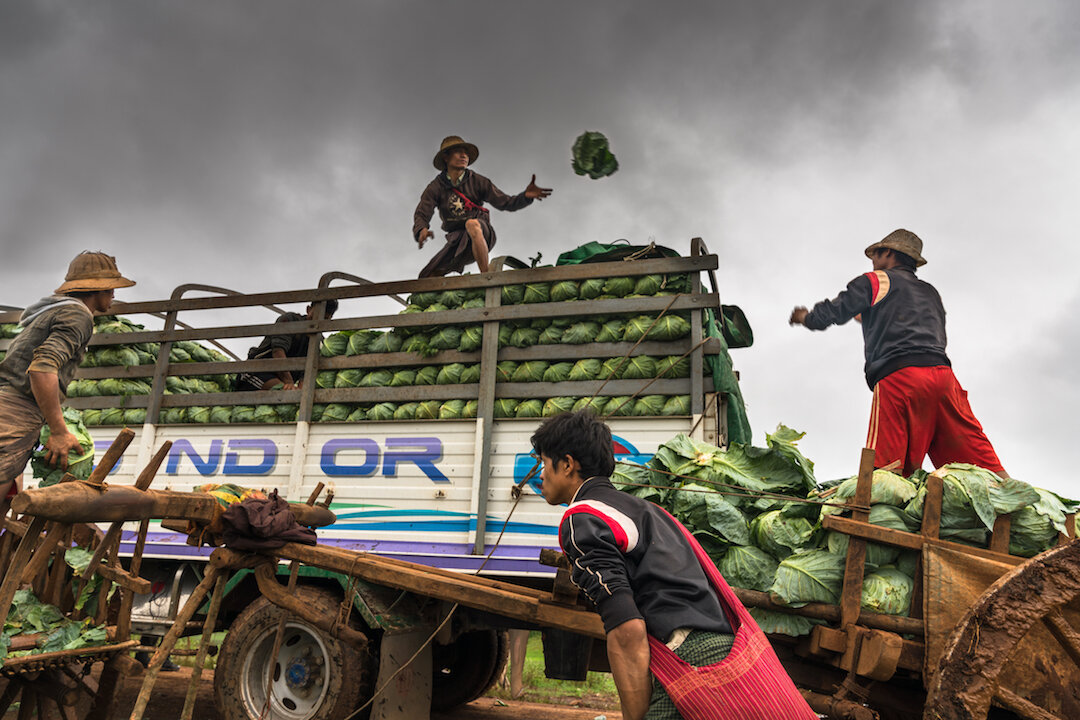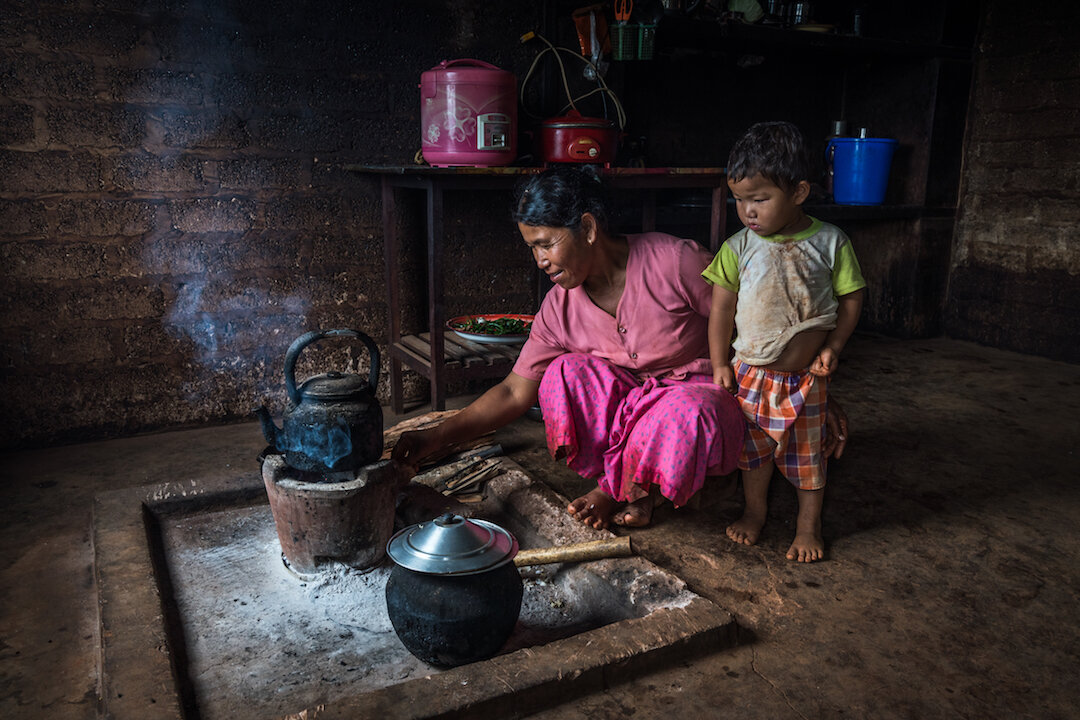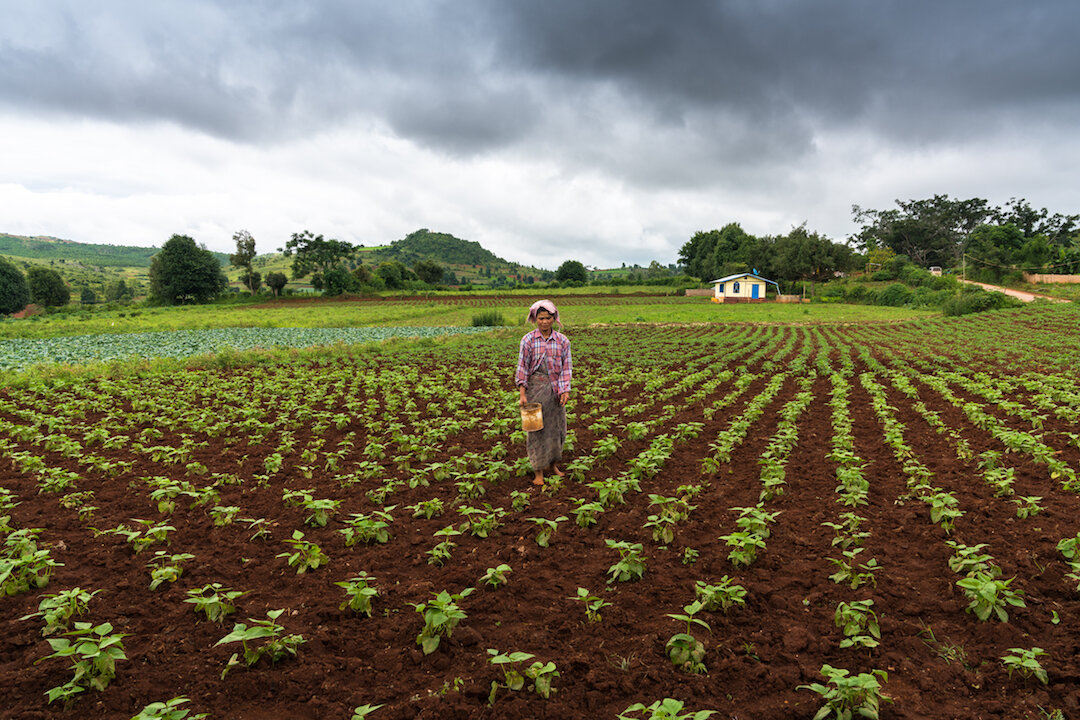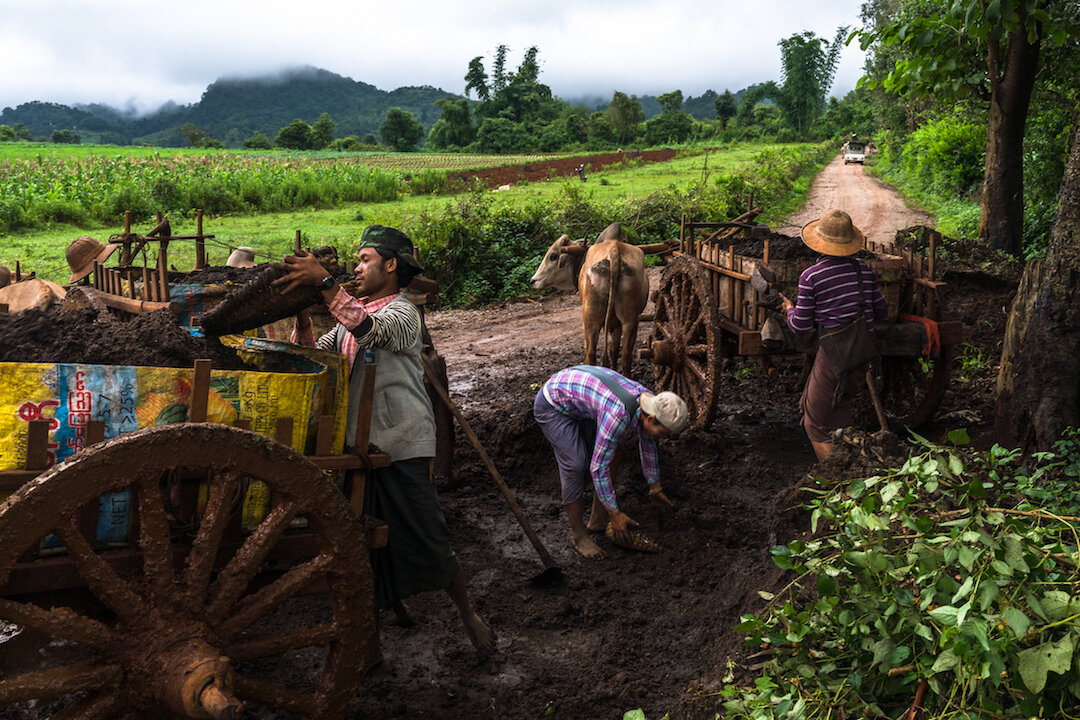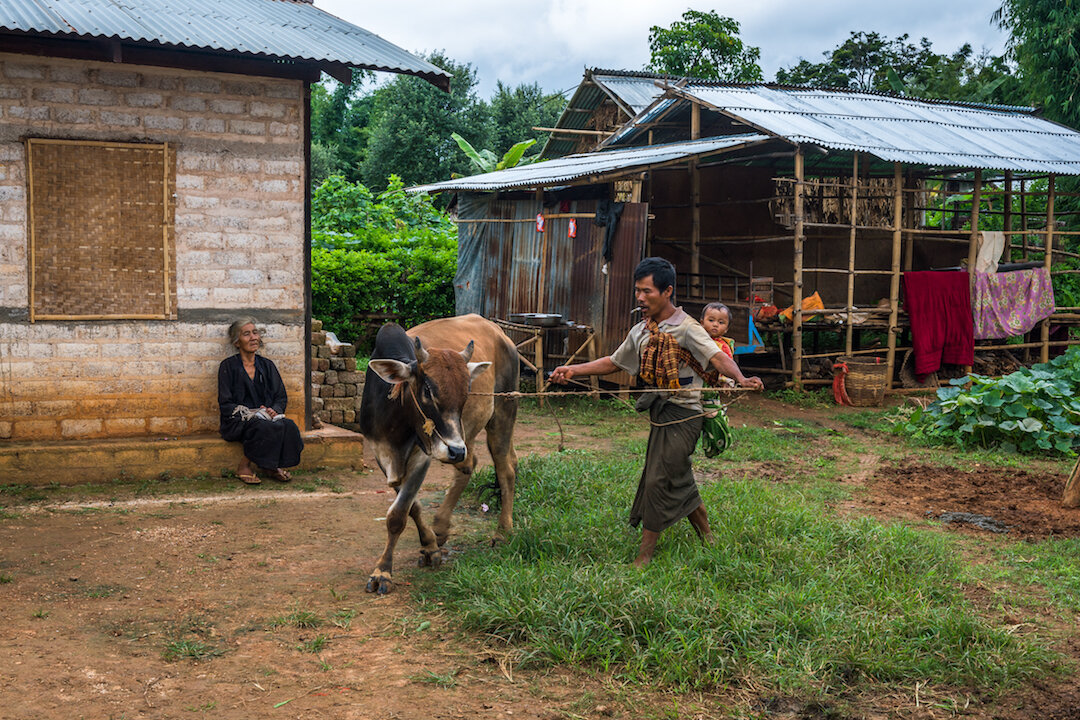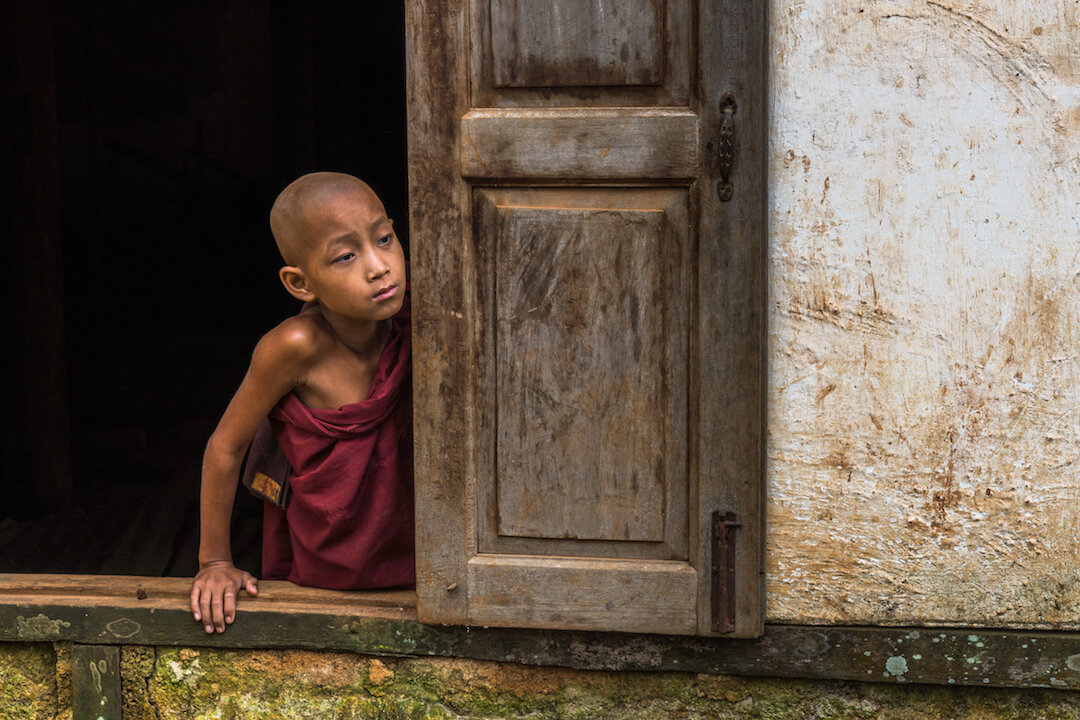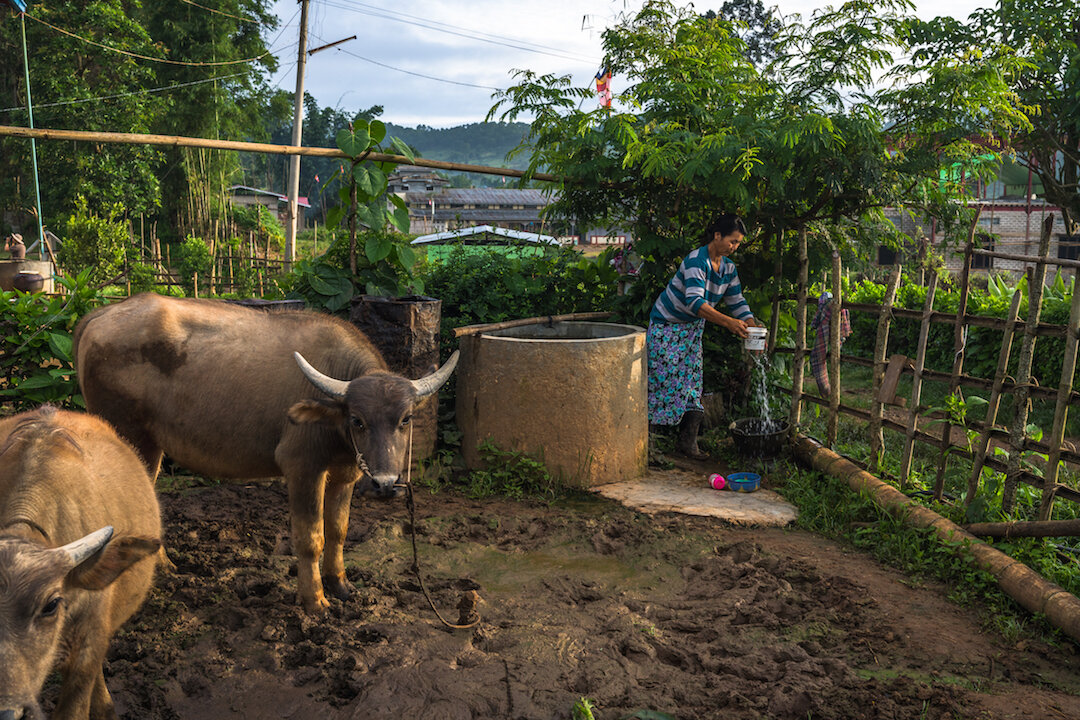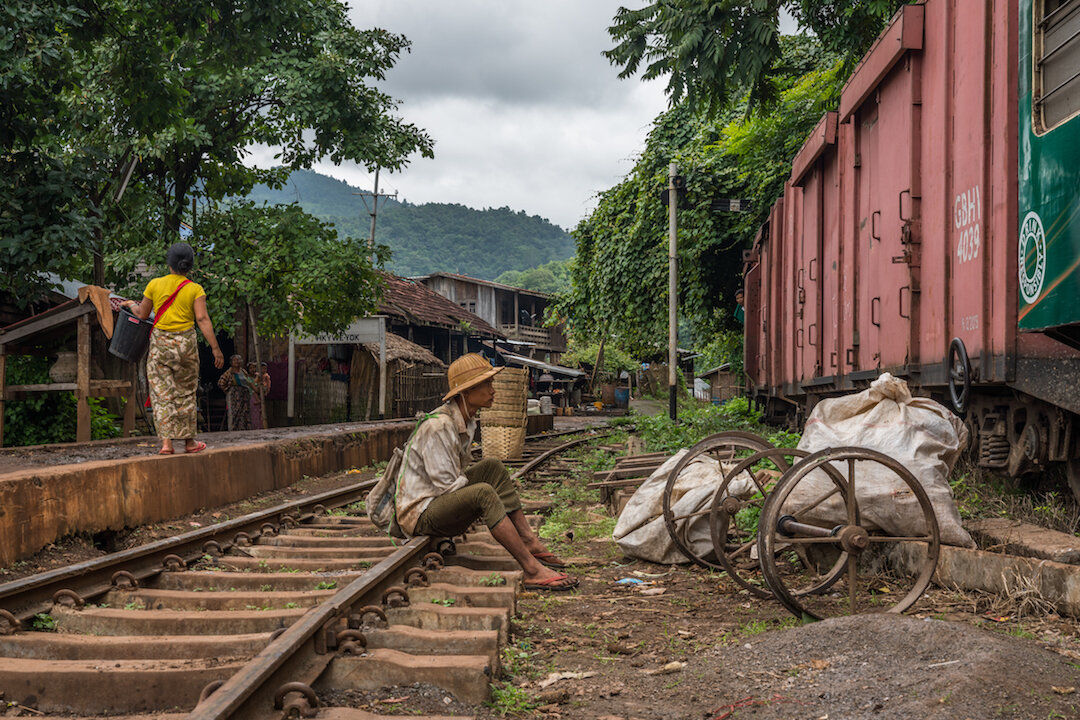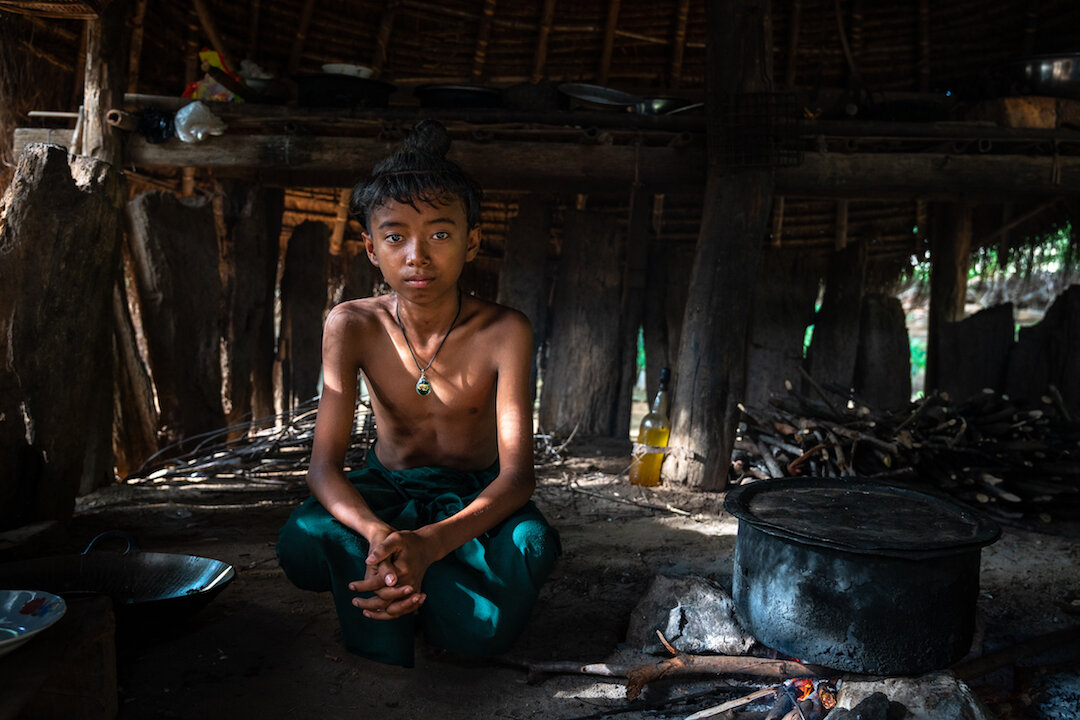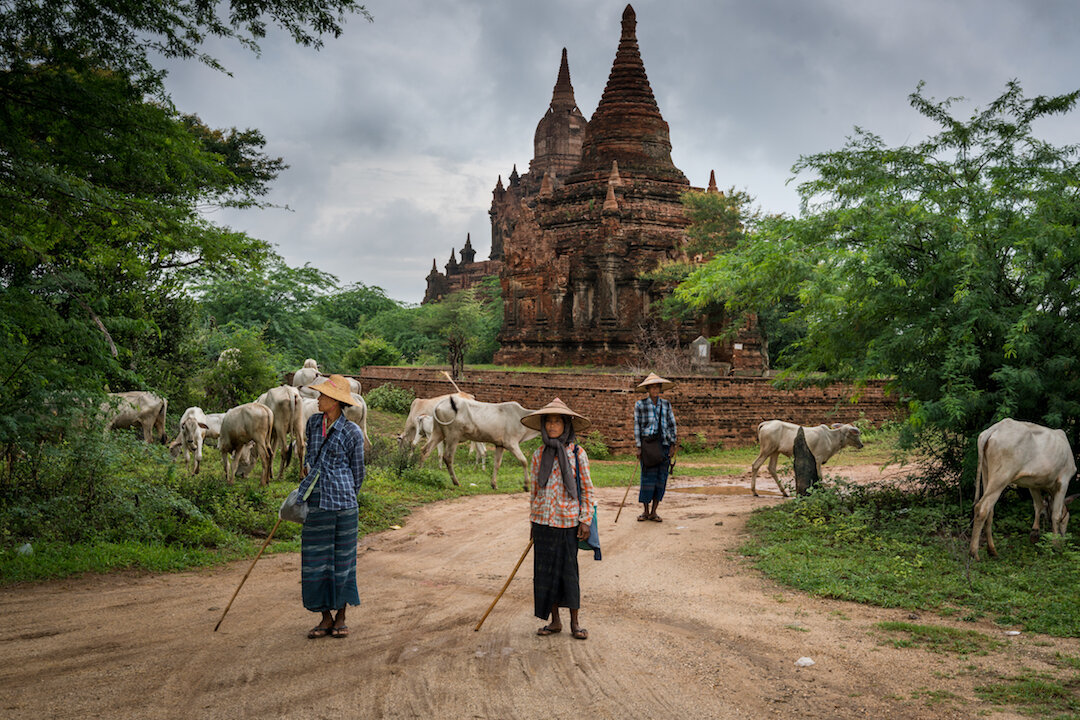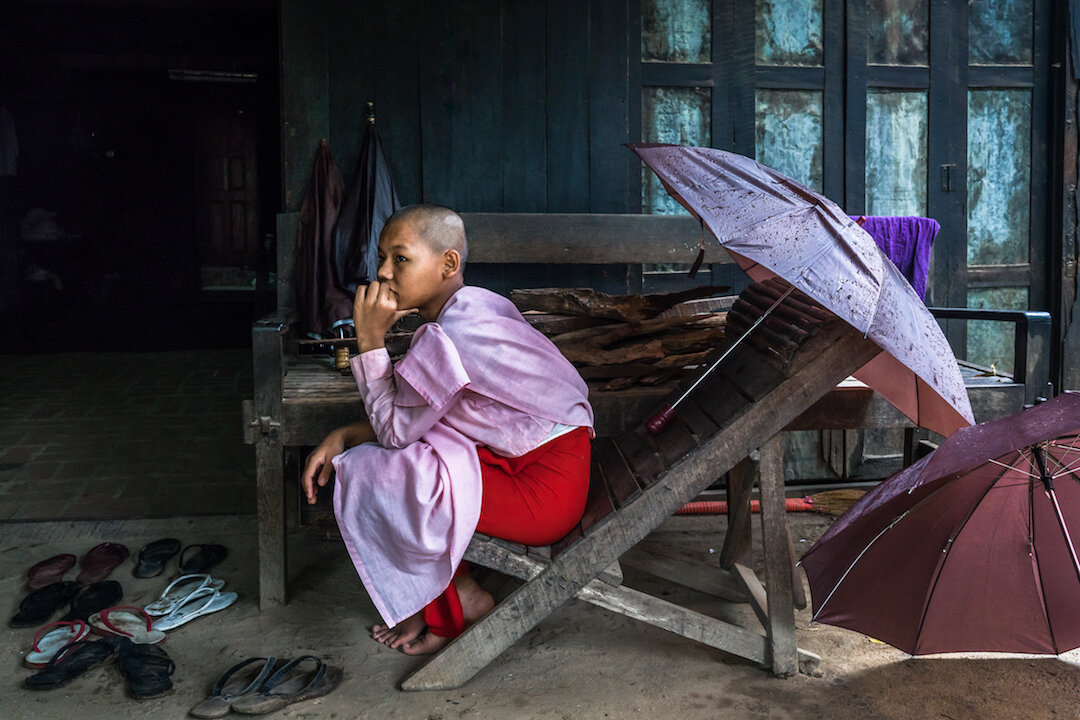MYANMAR
by Anne Launcelott
In 2016 I was invited by three photographers I had met on previous trips to join them on their travels to Shan State, Myanmar during the monsoon season. Our mutual love of travel and photographing simply for the love of it has forged a wonderful friendship and has resulted in more than one trip together. Always the gentlemen, incredible photographers I learn so much from, and being the best of travel mates made this trip one that is dear to my heart.
Myanmar has a rich history of hospitality and openness – the people are deeply spiritual and are warm and welcoming. As a result of isolation and misrule, Myanmar is a poor country and one feels they have stepped back in time. When I first visited Myanmar in 2012, there were no cell phones or ATM’s and the internet service was very spotty. Now everyone has a cell phone, used mainly for phone calls and taking photos, but otherwise the country has remained much the same.
We were met at the airport upon arrival in Myanmar by Bobo Zaw our fixer and the director at Panoramic Myanmar Tours. On our drive to the hotel in Mandalay the effects of the monsoon were soon evident. Fields were flooded and people had moved some of their belongings and livestock to the shoulder of the road where the ground was higher and thus dryer. Once the flooding recedes, they return to their houses. Many preferred to remain in their flooded homes and yet when we photographed them we were treated to waves and smiles. For us, we could not imagine living like this, but for them this is a normal occurrence every year.
We had no set agenda as we started our drive to the north towards Shan State. We would see some thatched roofed homes in the distance so we would drive down a dirt road in that direction. We were always greeted with curious looks, smiles and excitement because many had never seen foreigners before. I would wander around by myself and I would often be invited into a woman’s home. Such open kindness and trust were in evidence wherever we went. In exploring various small, remote villages we discovered a monastery off the beaten track and we got a good feel for the hard working people and village life. It was the season to plant the rice patties, prepare the fields for another planting and harvest the fruits of their labour, which consisted of tomatoes, corn and cabbages. With the lush greenery after the rain, the red soil and dramatic cloudy skies, the colours would pop and we could photograph all day long because the light was never harsh. Taking a train to Kalaw was an adventure in itself and I would recommend going by train anywhere in Myanmar for the experience.
Returning south we visited a hidden village near Bagan. Hidden because they do not want a lot of outsiders to that life remains as is. The males wear their hair in a traditional hair knot on top of their heads. The head monk in the village keeps this ancient tradition alive, and when he passes it no doubt will also. Women tending to their cattle near the famous Bagan pagodas were very engaging and fun to interact with and photograph. Our last stop was a nunnery where we were free to wander. Many of the nuns were quite shy at first but eventually they would open up to me and have fun as we conversed by using universal hand gestures.
It is hard to believe what has happened politically in Myanmar recently. I have no idea when it will be safe to travel there again now that the junta is in control. Thanks to the guidance of Bobo we were able to visit so many interesting villages and thus really get a feel for what rural life is like. These photos and essay about Myanmar I dedicate to Bobo who has lost his business, first to the pandemic and then to the military junta. The soldiers have already broken into his home injuring him and terrorizing his wife and son. He is trying to leave Myanmar so that his family is safe, my heart and thoughts are with him while I try unsuccessfully to date to find a way to bring them to Canada.

